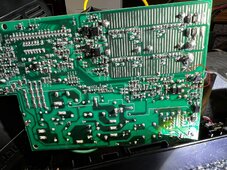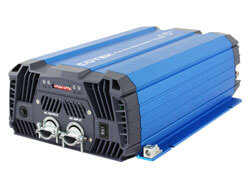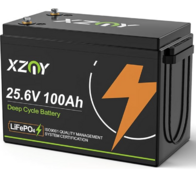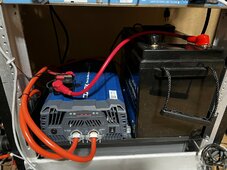Ya, the small one.
My issue is...some times, I'm not around and want everything to gracefully shutdown; which is why I have the Raspberry pi with my existing APC/Cyberpower setup, which after a couple minutes of no power, it will log in and gracefully shutdown a bunch of VMs running on a couple of ESXi hosts.
The scripts also slack message me about the status along the way. And then using the NUT driver interface...will shut the UPS down and power back up when utility power returns. I want to do something similar but with longer runtime and something that is easier to maintain. These dinky little 9Ah Lead Acid batteries and little dinky UPS are just not able to handle much of a runtime.
I just need a simple API (heck even a simple RS232 interface is fine) to interact with the UPS/Inverter. If I have to screen scrap via a serial connection, I can use pexpect if I have to.









